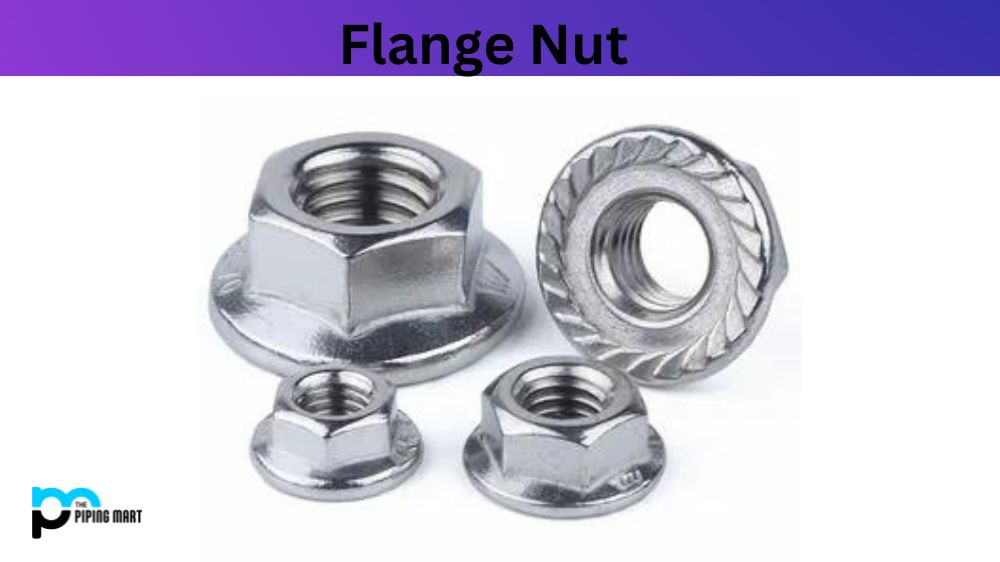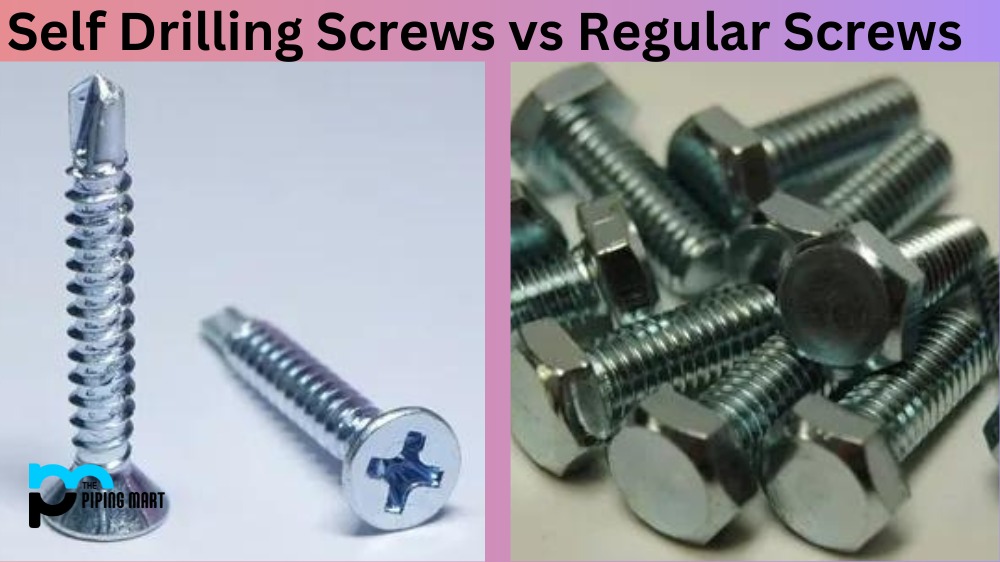Flange nuts are a staple in construction, automotive, and manufacturing industries because they attach two materials securely. They have a flange that acts as a washer and spreads out the force exerted by the nut, reducing the risk of material damage. Flange nuts have disadvantages, such as costs, maintenance, and compatibility issues with other fastening systems. This article will discuss the advantages and disadvantages of flange nuts and provide insights for making informed decisions when choosing fastening solutions.
Advantages of Flange Nut
Reliable joint stability
Flange nuts offer reliable joint stability that prevents materials from loosening, shifting, or detaching, even under harsh conditions such as vibrations, pressure, and temperature changes. They are ideal for fastening soft materials such as plastics, wood, and composite.
Easy to install
Flange nuts have a standard design, making them compatible with standard bolts or threaded rods. Their design enhances the installation process, as they don’t require any special tool or skill. They are also available in different sizes and finishes to meet various installation needs.
Improved safety
Flange nuts reduce the risks of material failures, accidents, and injuries as they hold materials firmly with minimal friction. They also require less torque than regular nuts, making them safer to install and maintain.
Disadvantages of Flange Nut
Higher costs
Flange nuts are more expensive than regular nuts, which could increase the overall cost of a project significantly. They could also limit the budget’s flexibility, especially for small-sized or personal projects.
Compatibility issues
Because of their unique design, flange nuts are incompatible with other fastening systems, such as lock nuts. This could limit their usage for projects that require different types of fastening systems or modifications.
Maintenance issues
The flange design of the nuts could trap dirt, debris, and corrosion, affecting their performance over time. Maintaining them requires regular cleaning and replacement when necessary.
Conclusion:
In summary, flange nuts offer reliable joint stability, easy installation, and improved safety. However, they have disadvantages such as higher costs, compatibility issues, and maintenance needs. Before choosing flange nuts, project managers and handypersons must consider the project’s needs, budget, and usage requirements. If a flange nut suits the project’s requirements, it could enhance the stability, safety, and functionality of the materials used, resulting in a successful outcome.
Sakshee is a talented blogger, with a particular focus on the Business and Metal Industry. She is passionate about sharing her insights on various metal products and helping professionals to make a better decisions.




